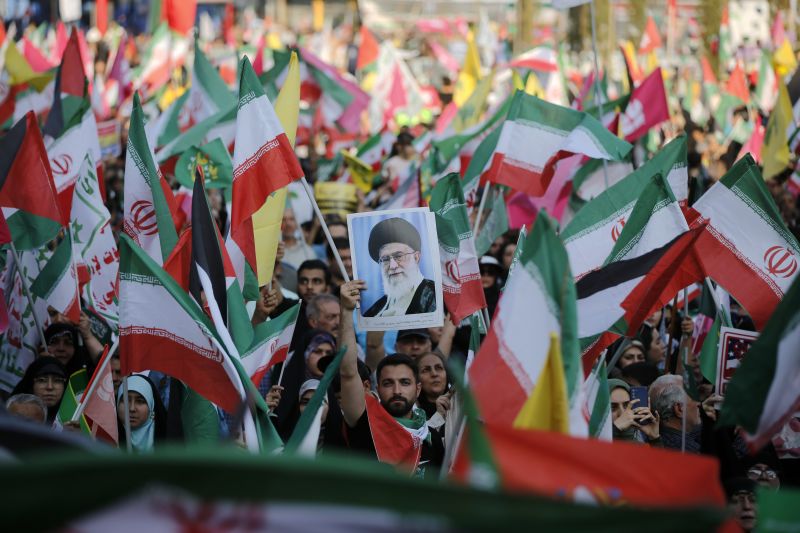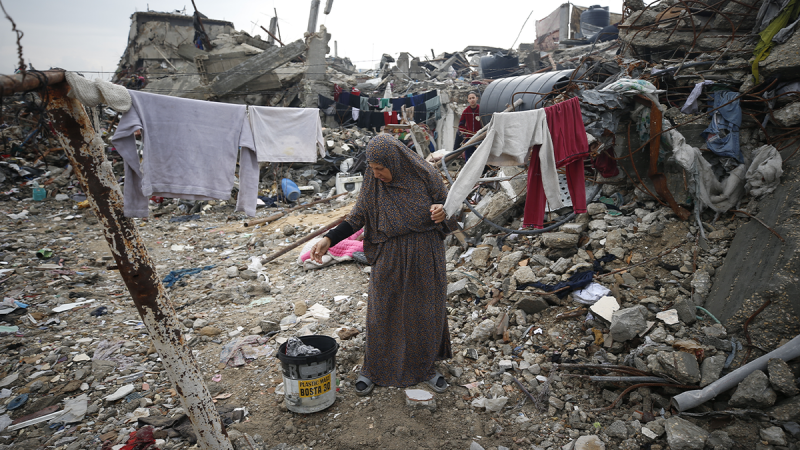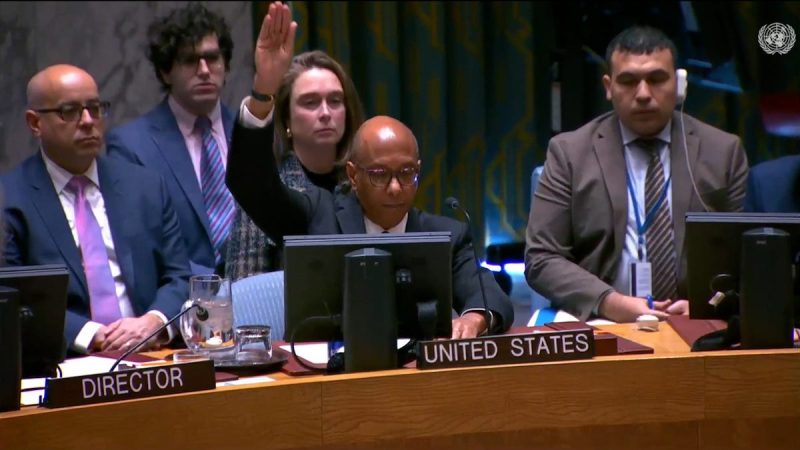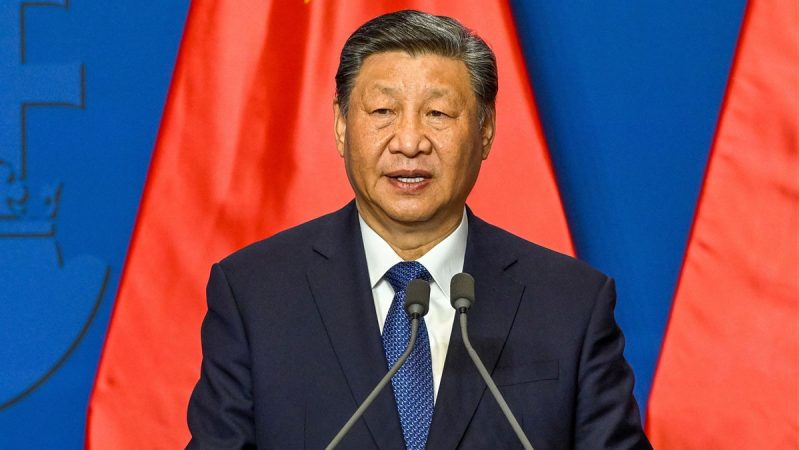
Since Israel began its concerted attack on Iran on Friday, calls for regime change in Iran have grown louder – from hawks in the United States Congress to Israeli officials and some Iranian activists abroad.
They argue that the Islamic Republic is significantly weakened, and that now is the time to capitalize on domestic unrest and public discontent to bring about the overthrow of its ruling clerical establishment, with Supreme Leader Ayatollah Ali Khamenei at its head.
Israeli Prime Minister Benjamin Netanyahu told Fox News on Sunday that Israel’s operation “could certainly” result in regime change, as the government in Iran is “very weak.” He claimed that “80% of the people would throw these theological thugs out.”
“They shoot women because their hair is uncovered. They shoot students. They just suck the oxygen out from these brave and gifted people, the Iranian people,” Netanyahu said. “The decision to act, to rise up this time, is the decision of the Iranian people.”
Freedom of speech is heavily restricted in Iran, and there have been no major public calls from within the country to overthrow the regime following Israel’s attacks. But experts say Netanyahu may be misreading Iranian public sentiment – and that the strikes could backfire.
Israel’s attacks are more likely to direct public anger toward Israel, as domestic issues are briefly put aside while Iranians run for shelter, experts say.
Iran has in recent years seen nationwide protests against the regime, especially in 2022 and 2023, sparked by the death in custody of Mahsa Amini, a 22-year-old woman arrested by Iran’s morality police for allegedly not wearing her headscarf properly. Many activists have since been detained, and authorities have sought repress further protest, instilling fear with a rise in criminal prosecutions and executions. Disgruntlement is widespread.
But experts, and Iranians currently living under Israeli bombardment, said that most Iranians don’t see Netanyahu or his government as having the solution to their domestic problems.
“The people of Iran have fought against the Islamic Republic for years, striving for democracy and freedom,” the journalist said from Tehran. “But I believe that in the current situation, those who are terrified under missiles and explosions, trying to protect their children and loved ones, do not have the psychological or practical capacity to ‘take to the streets.’ The streets, which are constantly under attack, are now emptier than ever.”
“Moreover, from the public’s perspective, the Islamic Republic has not yet become weak enough to collapse through protests. Any action against the regime during wartime will lead to brutal repression,” the journalist said, adding that “now the regime has free rein to label anyone it wants as an Israeli spy.”
Others say during a time of national crisis, people are more likely to favor unity, no matter how dissatisfied they are. To them, foreign intervention is a red line.
“There is no support that they will give to Netanyahu’s war on themselves and their society. If anything, they are organizing now to help each other defend their country,” Azizi said, referring to anti-regime Iranians. “Any idea that this will lead to a popular uprising of some sort that will bring down the regime has very little basis in reality.”
Even in the diaspora, where many anti-regime Iranians live, there is anger at Israel’s actions, with activists calling for unity in the face of Israel’s assault.
Narges Mohammadi, one of Iran’s most prominent human rights activists and 2023 Nobel Peace Prize winner, who has spent years in prison in Tehran on what supporters say are politically motivated charges, posted on X: “Iranian Civil Society Says No to War!”
She and other Iranian activists, including fellow Nobel Peace Prize winner Shirin Ebadi and filmmakers Jafar Panahi and Mohammad Rasoulof, all of whom have been pursued by the regime for their activism, wrote a joint opinion piece in France’s Le Monde newspaper Monday calling for an end to the war – but they also demanded that Iran stop enrichment of uranium and that the regime step down.
“This conflict not only destroys infrastructure and claims civilian lives but also constitutes a serious threat to the very foundations of human civilization,” they wrote.
In recent years, Israel has strengthened ties with Reza Pahlavi, the US-based son of Iran’s deposed monarch. Pahlavi voiced support for Israel’s actions, drawing praise from some in the Iranian diaspora and accusations of betrayal from others.
“Soon in Tehran,” Israeli Minister of Diaspora Affairs Amichai Chikli posted on X on Friday, along with a picture of himself shaking hands with a smiling Pahlavi. Pahlavi told BBC News on Sunday that Israel’s conflict with Iran was an opportunity to bring down the Iranian regime.
“The ultimate solution is regime change,” he said. “Now, we have an opportunity, because this regime is at its weakest point. There’s (a) window in which we can operate and hopefully liberate our country.”
His US-backed father had warm ties with Israel before he was overthrown by the Islamic Revolution in 1979.
Israel has pounded Iran with strikes for four days, striking residential areas and the country’s civilian infrastructure. At least 224 people have been killed in the country since hostilities began Friday, the health ministry said Sunday, according to state media.
Israel has said it is doing so to stop the Islamic Republic from acquiring a nuclear weapon and has targeted several of the country’s nuclear sites, but civilians appear to have borne the brunt of the attacks.
Iran has retaliated by firing 370 ballistic missiles and hundreds of drones at Israel, the Israeli Prime Minister’s Office said. By Monday morning, 24 people had been killed in Israel and 592 others had been wounded.
Israeli Defense Minister Israel Katz said on Monday that “the residents of Tehran will pay the price,” later clarifying that Israel didn’t intend to harm civilians.
Israeli officials “don’t even pretend” to care about the safety of Iranian civilians, said Azizi, the Iran expert.
Iranian President Masoud Pezeshkian called for unity, in a statement released through state media. “The people of Iran must join hands and stand strong against the aggression that has been launched against us,” Pezeshkian said, adding that the Iranians were “not the aggressors” and defending Iran’s right to a peaceful nuclear program.
In its operation, Israel has taken out some of Iran’s most senior military officials, including in the powerful Revolutionary Guard Corps (IRGC). Even if the leadership changes, it may not look like what Netanyahu hopes for, Iran experts said.
“Regime change is a possibility, just not the kind that Netanyahu has in mind,” Mohammad Ali Shabani, editor of the Amwaj news outlet, wrote on X. “Among potential medium-term outcomes of Israel’s war on Iran: military-led administration, possibly armed with nuclear weapons.”
Netanyahu’s call for regime change by force has also alarmed other countries in the region.
Speaking to the Paris-based journal Le Grand Continent, Anwar Gargash, diplomatic adviser to the president of the United Arab Emirates, warned that “when a country feels under attack, nationalism tends to intensify.”
Asked about Netanyahu’s call for an uprising in Iran, Gargash said: “The region cannot be reshaped through force and confrontation. We may be able to resolve some problems in the short term, but this will lead to others that are at least as serious.”.
“Of course, we’re glad to see the leaders of this regime – whose hands are stained with the blood of our children – killed. But the death of ordinary people is painful.”
This post appeared first on cnn.com
































